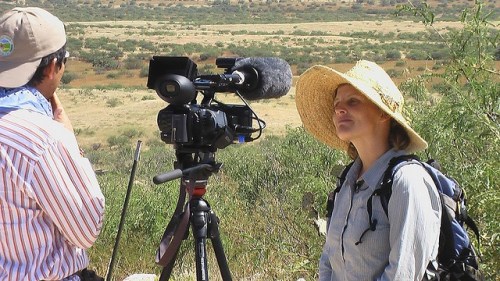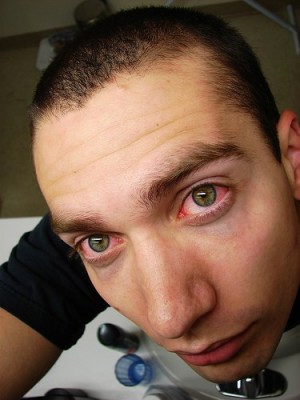
What makes a video biography memorable? Is it the person being interviewed? Or is it the inclusion of archival photos and movies? Or could it be the clever use of audio and visual effects? All of these are significant but the most important factor – the #1 secret to a first rate video biography is good story telling.
Basically your video biography needs to have the same narrative structure that goes into creating a good feature film – pacing, suspense, and character development. It’s true that your production isn’t for broadcast and will only be seen by your client’s family and friends. But that’s no excuse to make it boring!
Here are a few ways you can improve your story telling.
Launch your story with A compelling opening.
And I don’t mean flashy effects. That’s window dressing. A good feature film captivates you in the first few minutes of the story. Edit a clip from the main interview that establishes your subject’s character. It might be something that’s funny, heavy with portent, sad, or revealing. Cut that into your opening. Later decide what visuals (e.g family photos, home movies, etc.) you might want to accompany this opening segment.
Keep the story moving.
It’s not enough to string together the chronology of a life. You need to use techniques that will give the narrative energy and create momentum. One approach is to shift the emotional tone. For example, after your subject has recounted a sad story fade to black and then come up on an account that’s happy. Or if your subject has been railing at the world, jump to a tender story. Trust me it works.
Another way to keep the story moving is to create a jump in time. This can improve your storytelling immeasurably by eliminating material that’s lackluster. For example, the story of a woman who struggles to get an education during the Depression and eventually goes on to university is riveting. But her university years are less interesting. What’s really intriguing is how she gets her first job after graduating. So find a clip from her interview that can be used to jump directly to her first job. It might be something she says like, “I had great fun at university but it was my first job that really tested me.”
Create suspense.
Suspense is the principal engine that drives your story. Suspense is created by your audience asking and getting answers to such basic questions as, “What is the subject’s quest? How does the subject resolve the challenges along the way? Will the subject reach a goal? What happens when the dream is achieved or not achieved?”
Here’s the bad news. Unless you’ve asked these questions in your interviews you’ll likely have little to help you create suspense.
Keep your editing tight.
As Sheila Curran Bernard, an an Emmy and Peabody Award-winning writer, said, “In documentary, as in drama, you have to collapse real time into its essence.” Believe me, not everything your subject says is worth including in your video. Eliminate anything that doesn’t support your main story. For example, an anecdote about “Aunt Flo” might be interesting but unless it somehow illuminates some facet of your main subject, Aunt Flo should go! To give you some perspective on this, I shoot an average of six to seven hours of interview for a one-hour video biography.
Provide A Good Closing.
Your ending should provide a satisfying resolution to the central journey. It must be short and not introduce any new story lines. The final scene can be in the form of a simple summary statement from your subject. Or it can be some end cards that bring the story up-to-date. Whatever you choose, don’t make the mistake of creating multiple endings.
If you enjoyed this post, get free updates by email.
Photo by Steev Hise



 Most people when they consider a life story project think of a book. There are a lot of good reasons for producing a book. But I’ll be honest. I have a video bias because producing video personal histories is my specialty. I also produce books but video is my passion. To see a sample of my work click
Most people when they consider a life story project think of a book. There are a lot of good reasons for producing a book. But I’ll be honest. I have a video bias because producing video personal histories is my specialty. I also produce books but video is my passion. To see a sample of my work click 









